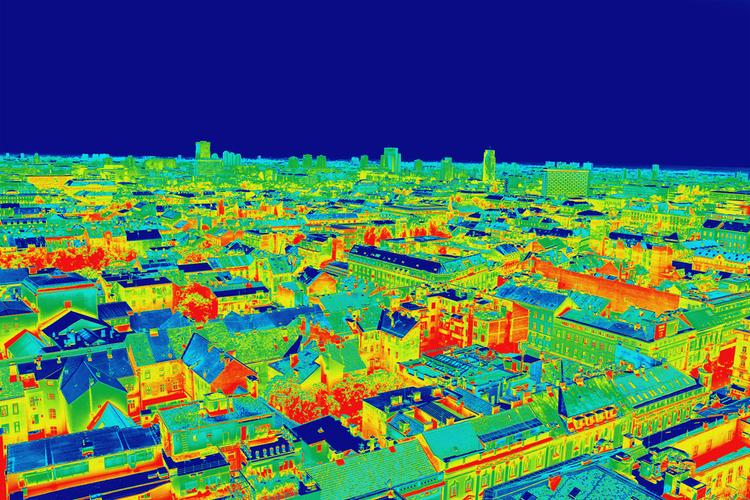
Low Emissivity
Low-E coatings on glass control radiant heat gain through insulated windows. Windows manufactured with Low-E coatings typically cost about 10% - 15% more than regular windows, but they reduce energy loss by as much as 30% - 50%. Although Low-E coatings are usually applied during manufacturing, some after market films are available for do-it-yourselfers who wish to retrofit existing windows. These films are inexpensive compared to total window replacements, last 10 – 15 years without peeling, save energy, reduce fabric fading, and increase comfort.
Windows
Properly designed, energy efficient windows represent a cost-effective way to use the sun for light and reject the heat gain in this climate. In Houston, it is important to select, orient, and size glass to maximize solar heat gain in winter and minimize it in summer.
Particularly effective strategies include preferential use of North-facing windows and generously shaded
South-facing windows. North-facing windows collect little solar heat and provide useful daylight. Overhangs and canopies work well for shading South-facing windows. East and West windows are more difficult to shade with an overhang, due to the sun’s low position in the sky. Low-E coating and reflective glass help reduce solar heat gain on vulnerable east, west, and south windows.
